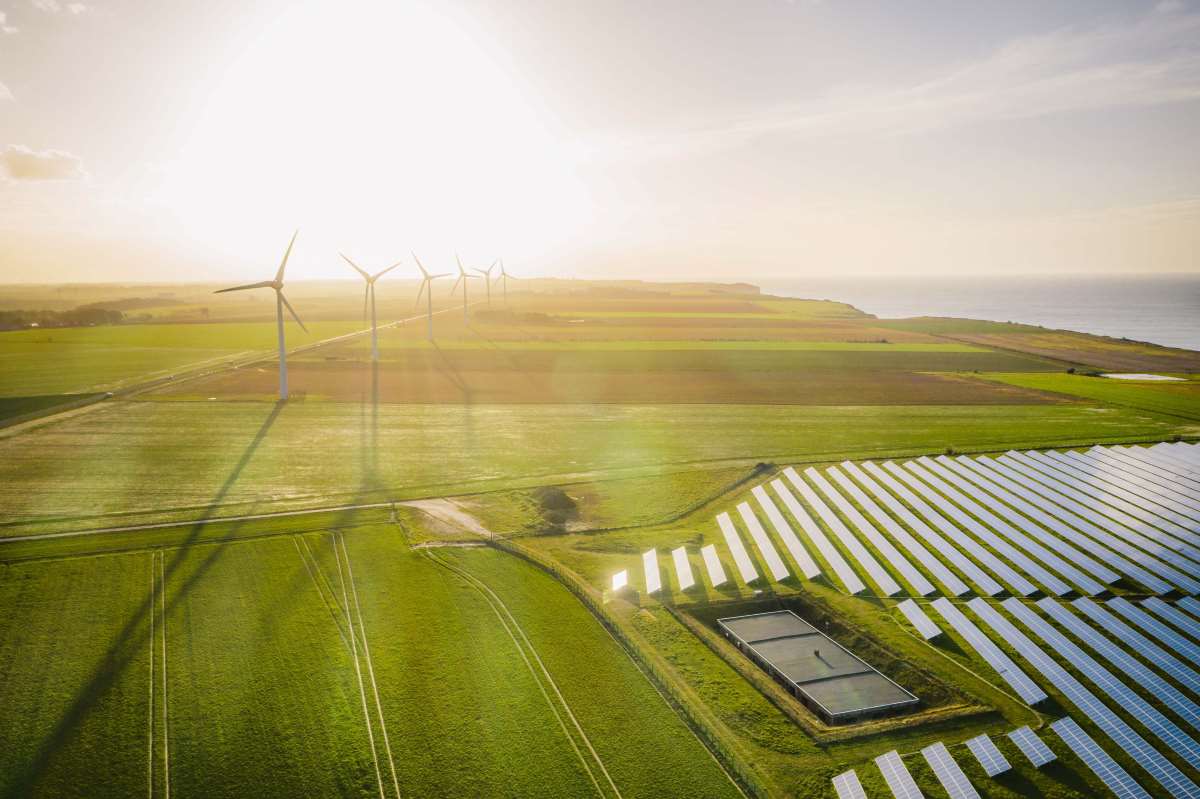The race for non-conventional oil is proving to be more devastating to the environment. The landscape of Canada, the country with the highest concentration of tar sands, is turning into an expanse of mines.
The tar sands (as they are called in English) of Canada, according to some constitute 15% of world reserves of crude oil, second only to Saudi Arabia. That’s over 170 billion barrels of tar distributed over an area of 4 million hectares. A “treasure” that is concentrated in the southern region of Alberta, where in recent years dozens of mines have sprouted up and, from 1995 to 2008, production increased from 482,000 to 1.3 million barrels per day and is expected to double by 2020.
“Our world changed in 2002 – says Janet Annesley, vice president of the communications department for the Canadian Association of petroleum producers – when the U.S. Energy Department officially declared that the tar sands of Alberta should be regarded as a source of energy both economically and technically exploitable. From one day to the next, what was considered a difficult resource became a major share of world oil reserves”. Currently, dozens of companies operate in Alberta, including the French Total, the Anglo-Dutch Shell and BP. But the extraction process is having a devastating impact on the environment and local people. The area most exploited is that of the Athabasca River which is also the main water supply for an activity that requires an average of 3 cubic meters of water per cubic meter of crude oil produced. The work required to separate the tar from the redundant materials is performed within the so-called tailing ponds, artificial wells in which the processing waste is collected. These lakes full of heavy metals and easily subject to “leaks” in 2008 covered an area of 130 sq. km. The boreal landscape typical of these areas is severely threatened. Hundreds of hectares of forests have been attacked by bulldozers to make way for the infrastructures required for mining activities. Additionally, to transform this solid material into a liquid, for each barrel, a quantity of greenhouse gases is produced which is 2 to 4 times greater than that generated by the conventional process of oil production.
Currently, dozens of companies operate in Alberta, including the French Total, the Anglo-Dutch Shell and BP. But the extraction process is having a devastating impact on the environment and local people. The area most exploited is that of the Athabasca River which is also the main water supply for an activity that requires an average of 3 cubic meters of water per cubic meter of crude oil produced. The work required to separate the tar from the redundant materials is performed within the so-called tailing ponds, artificial wells in which the processing waste is collected. These lakes full of heavy metals and easily subject to “leaks” in 2008 covered an area of 130 sq. km. The boreal landscape typical of these areas is severely threatened. Hundreds of hectares of forests have been attacked by bulldozers to make way for the infrastructures required for mining activities. Additionally, to transform this solid material into a liquid, for each barrel, a quantity of greenhouse gases is produced which is 2 to 4 times greater than that generated by the conventional process of oil production.
And there are consequences for the population: in the village of Fort Chipewyan an incidence of tumours 30% above the average national has been recorded according to the Cancer Incidence in Fort Chipewyan, Alberta 1995-2006 (pdf) report published in 2009 by the Alberta Cancer Board, Division of Population Health and Information Surveillance. There is great concern among the inhabitants of the area and several environmental groups and indigenous communities are mobilising their efforts.
Meanwhile, an attempt has been made to quantify the damage: according to a study conducted by the University of Alberta and Queen’s University in Kingston, there is a greater presence of mercury and thallium in the waterways and snow deposits of the areas affected by mining activities. The same research has shown that in the water and snow collected near the tar sand mines, there is cadmium, copper, lead, mercury, nickel, silver and zinc at levels exceeding national standards. “Local politicians continued to deny this – explains Peter Hodson, one of the authors of the study, professor of ecotoxicology at Queen’s University – But of course this is ridiculous: any human activity has an impact on the environment. So just imagine an operation on that scale! The point is that there are insufficient checks and the research doesn’t paint a true picture”.
Last summer, the local press circulated the news that the government may have had destroyed the results of 18 months of research that would have shown the harmful effects of naphthenic acid, a derivative of the tar sand processing, that central government instead decided not to include in the list of toxic and hazardous substances produced from industrial processes.
“At the moment most of the scientific research on the subject is financed by the industry of the sector – continues Peter Hodson – It’s like getting a fox to guard the chickens. And at the same time, the government, which claims to be a protector of the environment, is making massive investments in the extraction of tar sands. There’s no doubt that there’s a conflict of interest. It is therefore necessary that research in the field is subject to review by independent scientific bodies, related neither to the companies involved, nor to the local authorities. This is the only way that people will trust the data emerging from the research”.
Tumours and environmental devastation in Canada from the tar sands
CATEGORIE:
The process of extracting tar sands is having a devastating impact on the environment and health of the population of Alberta, Canada. A high incidence of cancer in the area and also the presence of heavy metals in the water. But the vast majority of scientific research is being conducted by the very same oil companies operating in the area.
Potrebbero interessarti



.jpg)































